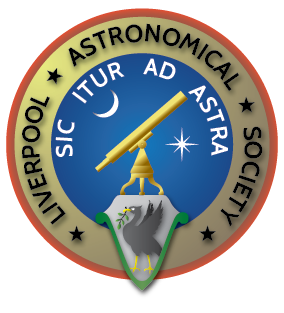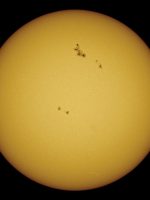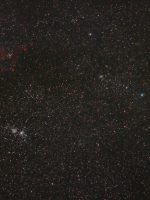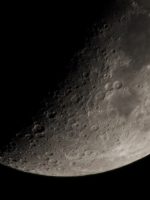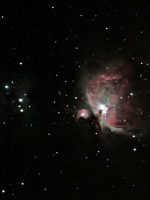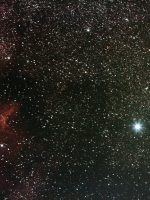A few of my Astro images, more can be found at my Flickr account
http://www.flickr.com/photos/markpayne1/
Nature Photographer and budding Astrophotographer.
- Solar disc and Sunspots, taken by Mark Payne on 6th November 2011
- Solar disc and Sunspots, taken by Mark Payne on 7th March 2012
- Solar disc and Sunspots (cropped close-up), taken by Mark Payne on 7th March 2012
- Solar disc and Sunspots, taken by Mark Payne on 9th March 2012
- Solar disc and Sunspots, taken by Mark Payne on 21st February 2012
- Mark Payne’s Astrotrac setup, 28th January 2011
- Butterfly Nebula (IC1318) Part of the The Gamma Cygni Nebula located in Cygnus. Shot using an Unmodded 7D with EF 300mm f/4L IS USM mounted to an Astrotrac by Mark Payne, date on or before 28th January 2011
- Light Pollution Filter fitted to an unmodded Canon 7D, image taken by Mark Payne on or before 28th January 2011
- Cassiopeia Widefield. Widefield of cassiopeia showing the pacman, heart & soul nebulae. Shot by Mark Payne on or before 28th January 2011, using a Canon 7D with 85mm f/1.8 USM lens attached to an Astrotrac mount
- Lunar terminator taken by Mark Payne, 21st April 2010. Stacked 1.4x & 2x Canon teleconverters on a Canon 300mm f/4L IS USM, then cropped
- Lunar terminator taken by Mark Payne, 22nd January 2010. Shot using a Skywatcher Equinox 80 Pro APO Refractor with stacked Canon EF 1.4x & 2x extenders to give a focal length of 1400mm (~f/17.5) at prime focus
- Lunar terminator taken in 2010 by Mark Payne. Stacked 1.4x & 2x Canon teleconverters on a Canon 300mm f/4L IS USM, then cropped
- The Great Orion Nebula (M42/M43), taken by Mark Payne, date on or before 28th January 2011. Shot using Unmodded Canon 7D and Canon EF 300mm f/4L IS USM mounted to an Astrotrac Heavily cropped from original file.
- Pelican Nebula (IC1570), taken by Mark Payne, date on or before 28th January 2011. Shot using Unmodded Canon 7D and Canon EF 300mm f/4L IS USM mounted to an Astrotrac
